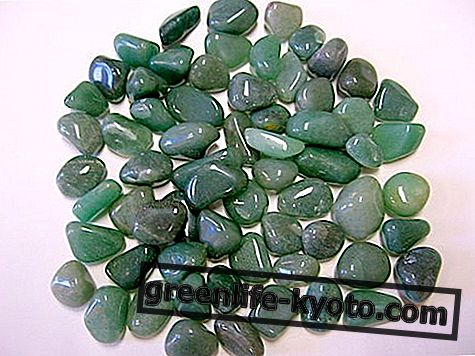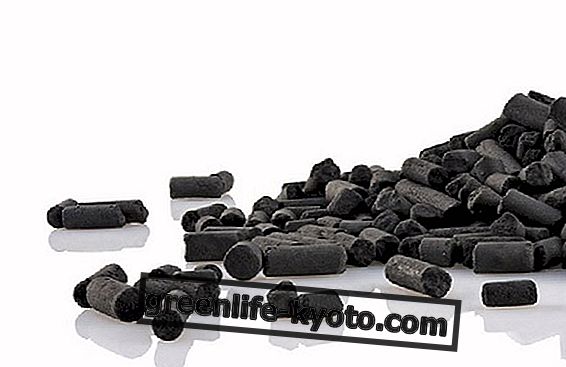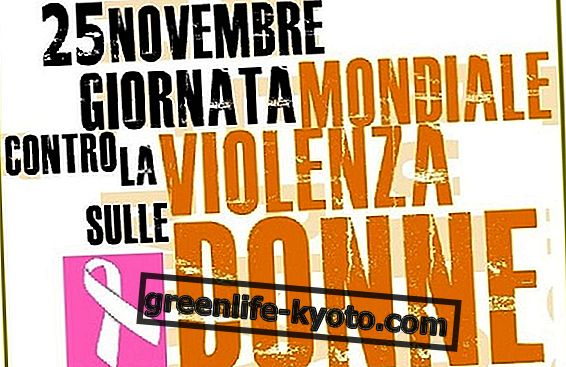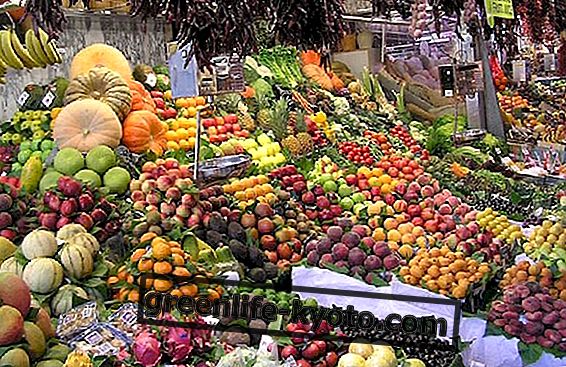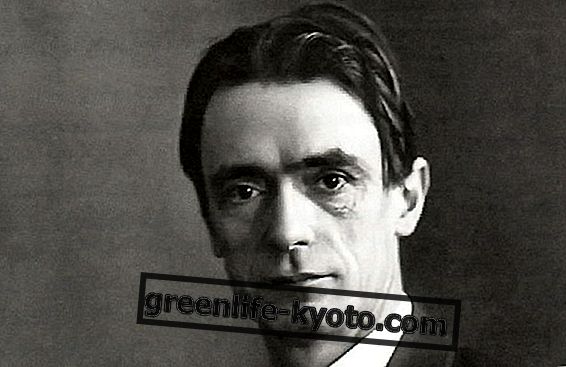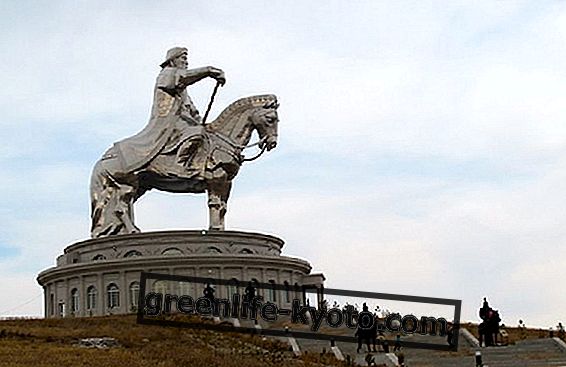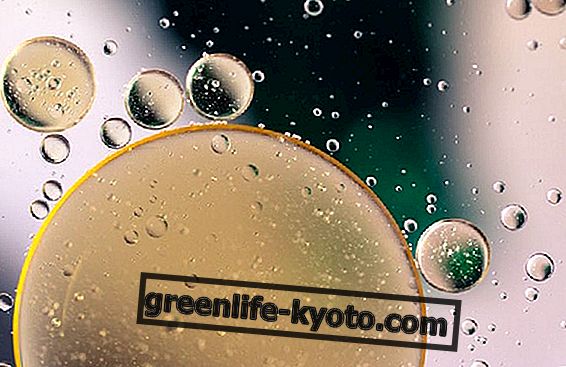
We offer you a double interview that has as its object the land, our lady and sovereign. To answer the questions will be Michela, creator of the initiative, called Fermenti di terra and the Fermenti vivi collective, the main supporters, but also the first who joined Michela's project.
Like a plant, this idea has been sown, has sprouted and is now growing, evolving. And a plant, like every living being, needs constant care .
From the idea to the vegetable garden, how did the "Fermenti di terra" project come about?
- Fermenti Vivi : our initiative is inspired by the idea of Michela, one of the few among us who has cultivation experiences in rural areas. The intent consists in the creation of a vegetable garden, on an urban public space, in order to improve it, take care of it and bring back in a certain sense the countryside in the city . Michela launched a challenge, first to herself, and then addressed it to anyone who wanted to participate.
- Michela : reflecting on my needs and those felt by those who, like me, live in a metropolis, as Rome may be, I realized that many people feel the need to participate, making their own contribution to a common good . The flower bed full of weeds under the house; a patch of uncultivated land in a public park; the lawn in a square, abandoned to decay, can be reactivated and revitalized places, which become catalysts of civic activity, social and common interests.
This is also the purpose of many such associations, such as Guerrilla Gardening. Their intervention on these marginal spaces to the life of the neighborhood consists, in most cases, in the ornamental use of garden plants. Fermenti di Terra was born from the idea of creating a vegetable garden in the heart of the city that lasts over time ; and to offer everyone a double opportunity : to regain possession of areas left to the neglect of the administration; and to rediscover a physical and direct contact with the earth, in the urban spaces that we live daily and that are normally perceived passively. The earth in this sense, both on a symbolic level and on a practical level, had a significant impact and could therefore be the ideal tool for achieving the objective.
By what means did the "sowing" of this initiative take place?
- Michela: I had identified the space in the Roman district of Pigneto . The first step was to get in touch with the "Cani Sciolti", a neighborhood association formed by dog owners, who manage the gardens of Piazza Nuccitelli Persiani . In agreement with them we have carved out a portion of land, about 20 square meters, in which the urban garden was born. Once the objective and place were identified, the time for " sowing " would come. In this the presence of the Internet was decisive, for the dissemination of this project: an essential tool, capable of aggregating people with the same "elective affinities", and propagating ideas and design intents. Through the Facebook page of Fermenti di terra it would have been possible to reach as many people as possible, not just friends and acquaintances, but to recall and convey all those willing to contribute to the initiative, and to get involved.
- Fermenti Vivi: So on October 8th 2011, around 11 am, Michela saw her idea for the first time: a dozen people, many of whom had never cultivated anything before, found themselves armed of enthusiasm and desire to participate. Women and men knew each other for the first time, in front of a piece of uncultivated land, to create the winter garden of Frammenti di Terra together.
Michela gave us the tools, each of us put what we could or wanted to give. Cabbage, lettuce, radicchio, chard, these are the seasonal vegetables planted that morning, while the curiosity and amazement of the inhabitants of the square grew around us.
From the garden to human relations, how did the growth of "Fermenti di terra" take place?
- Fermenti vivi: working on the land and with the earth, from heterogeneous and alien people we have become friends, we have learned to know each other, discovering to be linked by common interests and objectives, even outside the garden. The inhabitants of the neighborhood are witnesses of a small experience that continues, grows, changes shape and evolves, just like the plants that Fermenti di Terra takes care of every day. Over time we were surprised to see that by giving continuity to the project, participation by the people of the neighborhood grew, showing great respect for our initiative.
- Michela: taking care of a vegetable garden means taking care of the plants over time . Unlike Guerrilla Gardening, which acts on open spaces to give new life to flowerbeds, in places that notoriously color and life do not have, the Fermenti di Terra garden is fenced, to prevent the animals with which they share the space, can harm the plants. But it is still open to those who want to treat it or take advantage of its crops.
The methods of cultivation are those that put into practice a type of natural and organic agriculture, experimenting and referring to various techniques inspired by synergistic agriculture, biodynamics and permaculture ( Permanent culture ). Sharing resources and creating links through work on the garden means transforming the flowerbed under the house into a happy island, a meeting and exchange point, for a conscious community.


